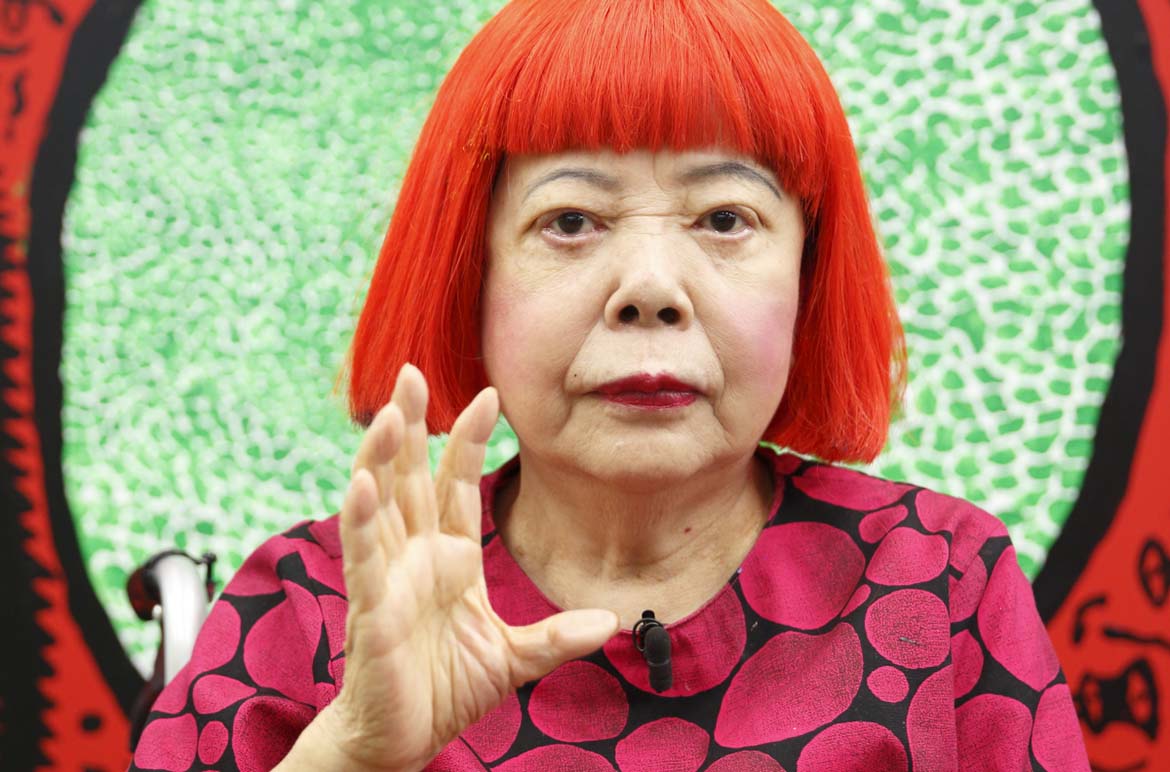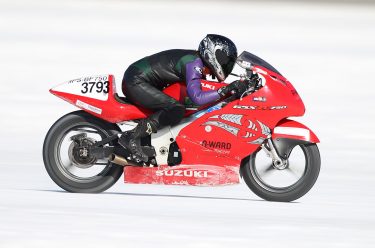Japanese artist Yayoi Kusama is an international phenomenon. Her captivating creations and unique perspective have made her a pre-eminent figure in 21st century contemporary art. QAGOMA’s long-standing relationship with Kusama and her Tokyo-based studio was established in 1989 and continues this November with our exhibition ‘Yayoi Kusama: Life is the Heart of a Rainbow‘ at GOMA.
1. Career
Yayoi Kusama’s career spans more than 60 years and counting, she is now 88, born on 22 March 1929 in the central Japanese town of Matsumoto, so has been making art longer than most of us have been alive. Around the age of ten, Kusama began making drawings, watercolours, pastels and oils with great enthusiasm. In 1948, against the wishes of her parents, who wanted her to settle down as a housewife, she left home to study Nihonga (Japanese-style painting) in Kyoto.
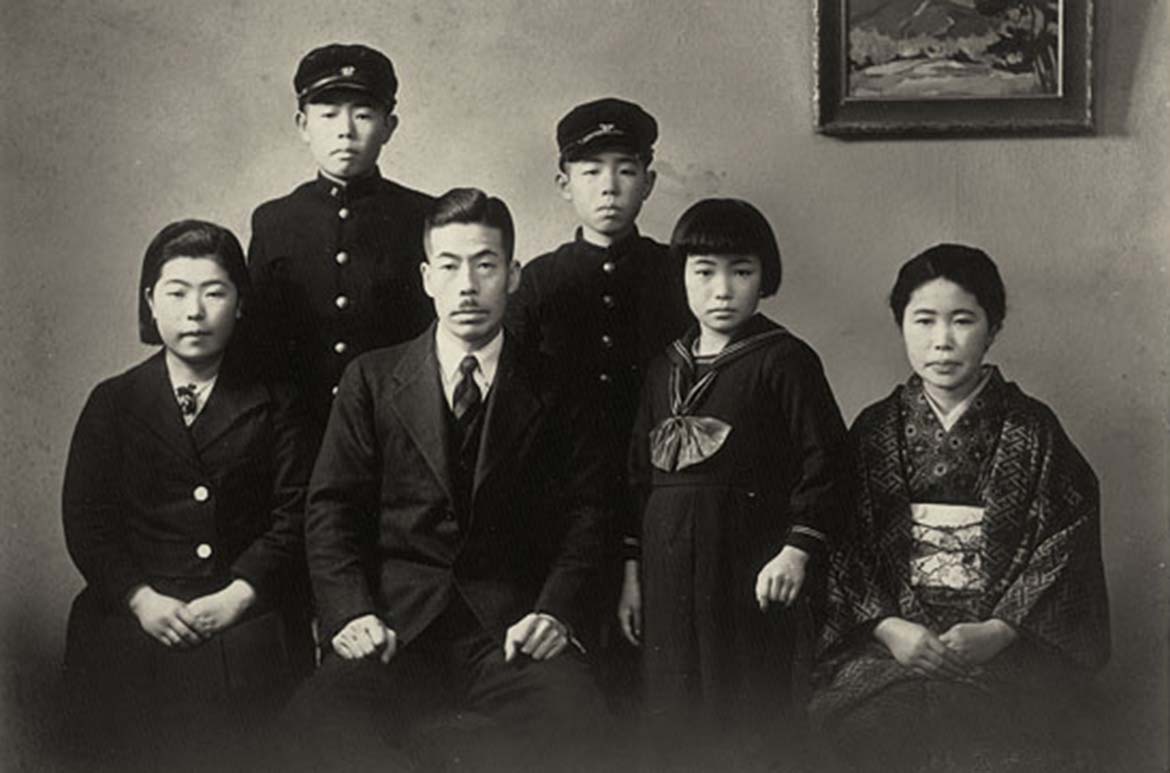
2. FASHION
Yayoi Kusama’s 2012 collaboration with Louis Vuitton’s Marc Jacobs is well known, but she has a long history of engagement with fashion. When she moved to the United States in 1957, she took with her a number of kimonos which she intended to sell to support her work as an artist. As her practice expanded into multimedia in the late 1960s, she established Kusama Fashion Company, whose dresses featuring dots, nets and sometimes scandalously cut-out holes sold at prestigious New York stores like Bloomingdales.
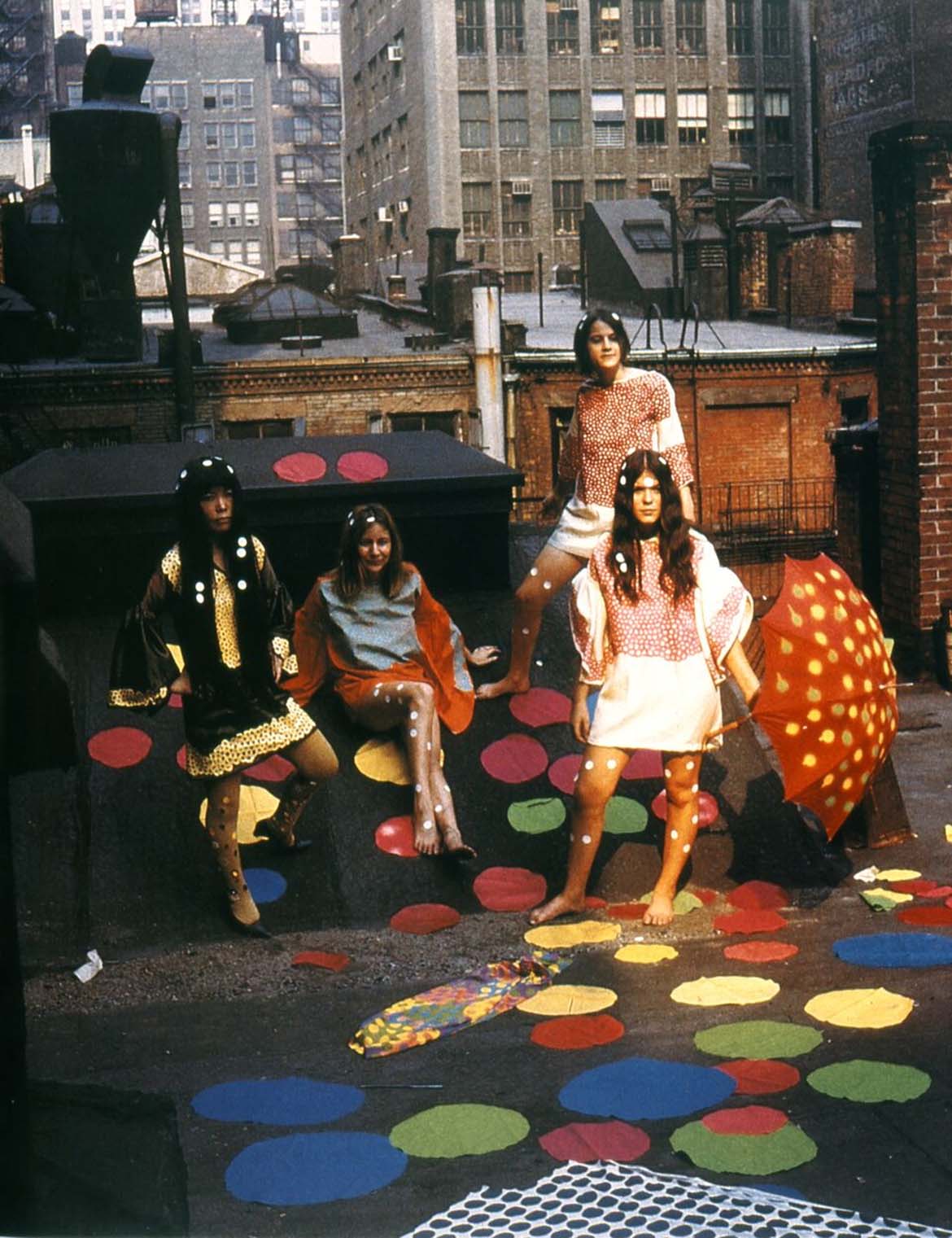
3. Narcissus Garden
Narcissus Garden 1966, comprised of 1500 silver balls, was first shown on a patch of grass between pavilions at the Venice Biennale in June 1966. In an attempt to both engage viewers and critique the commercialism of the art world, Yayoi Kusama decided to sell the balls for 1200 lira ($2) each. She is stopped by Biennale authorities and ejected from the show for selling her work ‘like hot dogs or ice-cream cones’. Kusama re-created the work for our Asia Pacific Triennial of Contemporary Art in 2002, and gifted it to QAGOMA. It is currently on display in the Watermall at the Queensland Art Gallery.
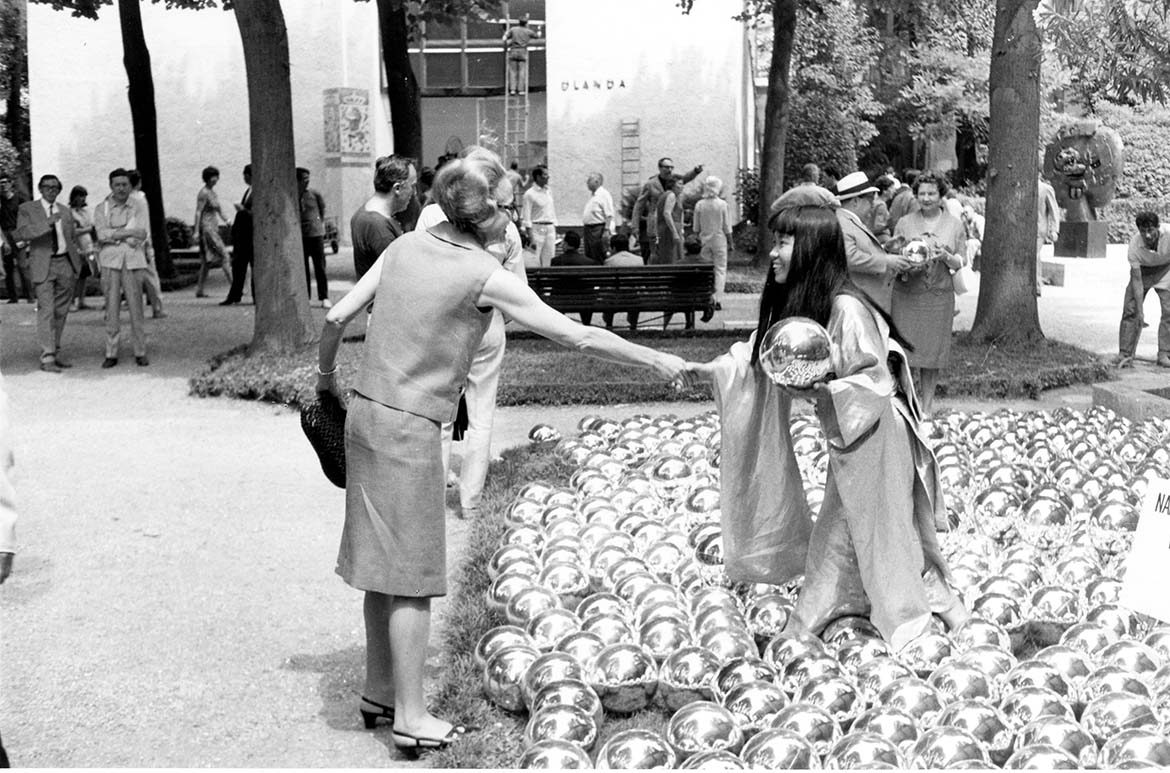
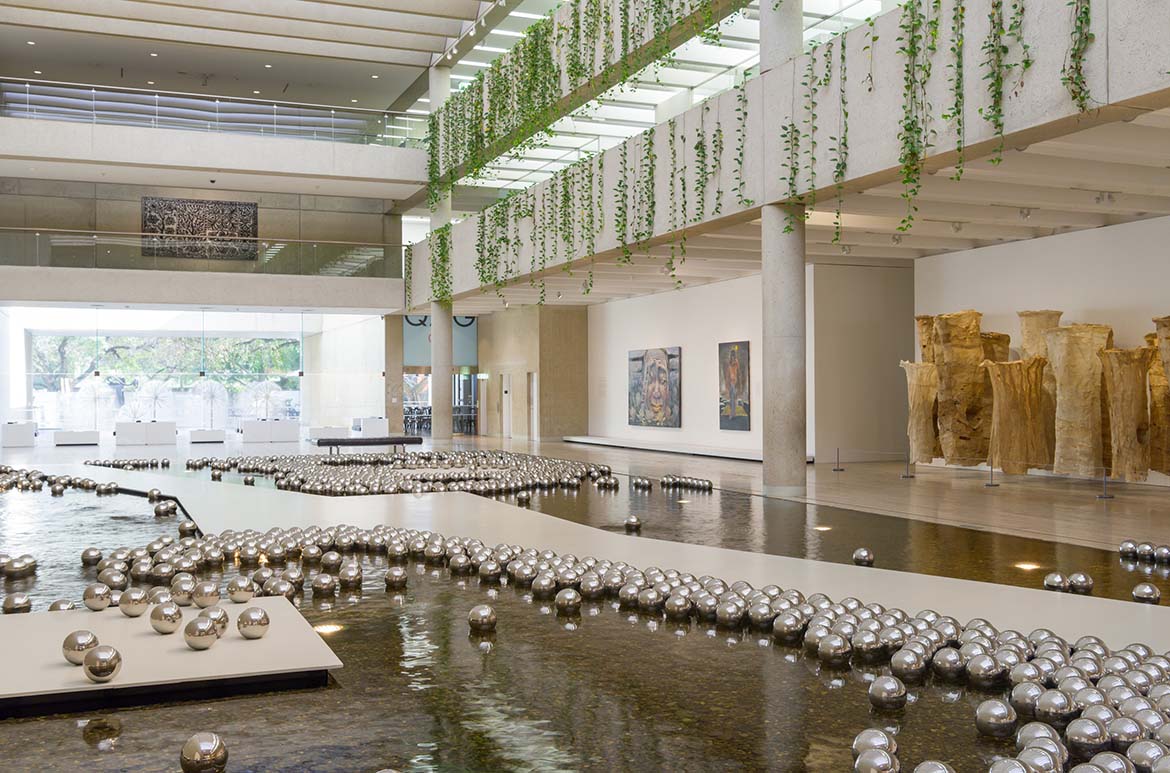
4. Performance
The Narcissus Garden intervention was just one of many performances Yayoi Kusama undertook in 1966 as she produced of a number of actions that were documented in photographs and experimental films. She also began experimenting with psychedelic atmospheres, and throughout the late 1960s and early 1970s became involved with the ‘happening’ scene. Involving the artist and other participants, these events were part celebration and part protest, as Kusama was deeply attuned to the political and social issues of the 1960s. Her nightclub happenings included lights, visuals, music and poetry, while public performances took place in significant locations such as the Brooklyn Bridge, Central Park and Wall Street. They often featured nude, dancing bodies painted with dots, asserting the liberating power of love and vitality against violence and corrupt social values.

5. Museum
For all those who love the art of Yayoi Kusama, the much-anticipated Yayoi Kusama Museum opened its doors earlier this month. The five-level Kume Sekkei building, a specially designed museum with glass inserts, is located near her studio in a quiet neighbourhood in Shinjuku in central Tokyo. The museum presents major works from Kusama’s earlier years up until the present day.

Delve deeper into the world of Yayoi Kusama
Feature image: Yayoi Kusama, 2017 / © Yayoi Kusama, Yayoi Kusama Studio Inc. Courtesy: Ota Fine Arts, Tokyo
